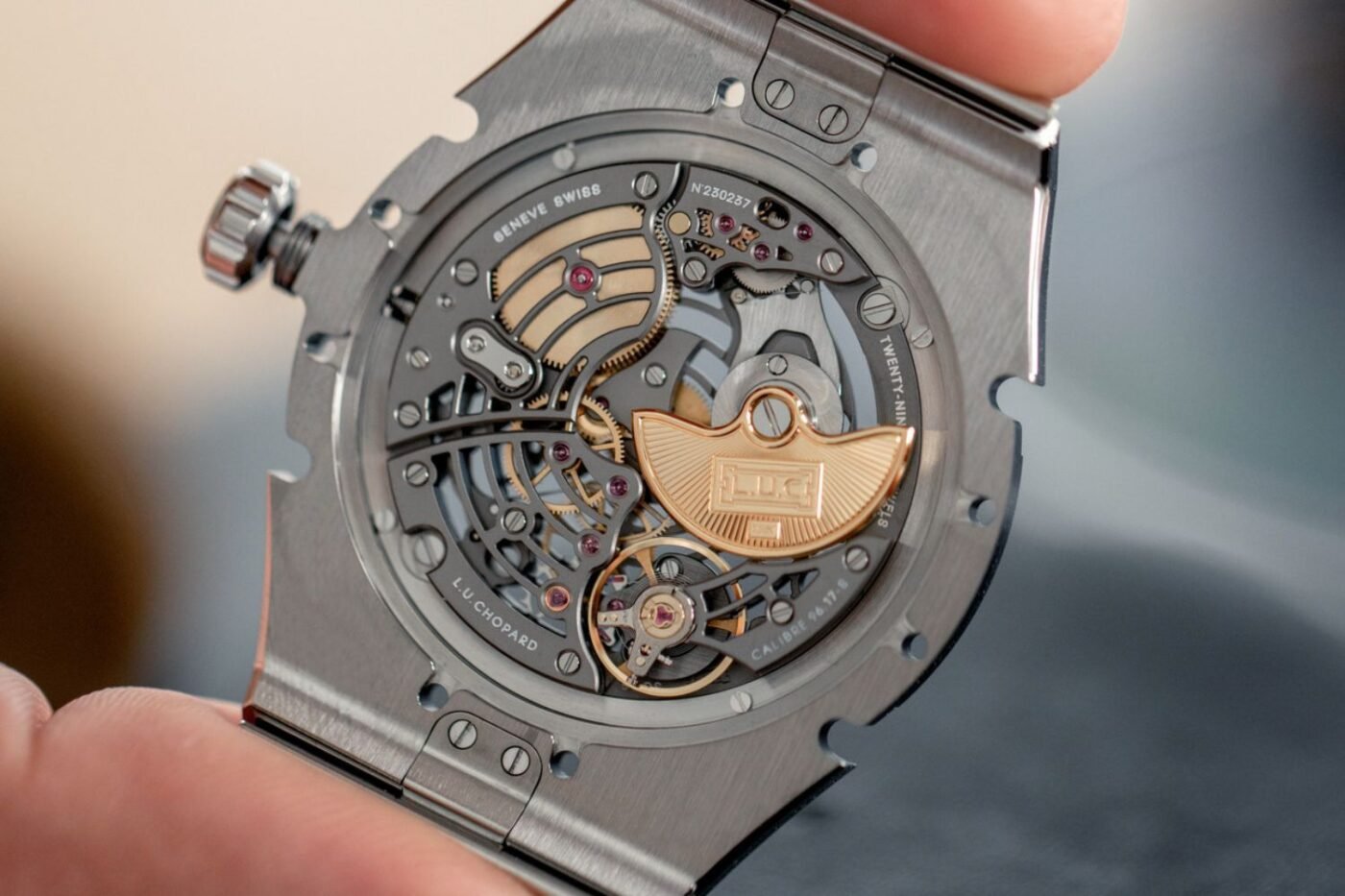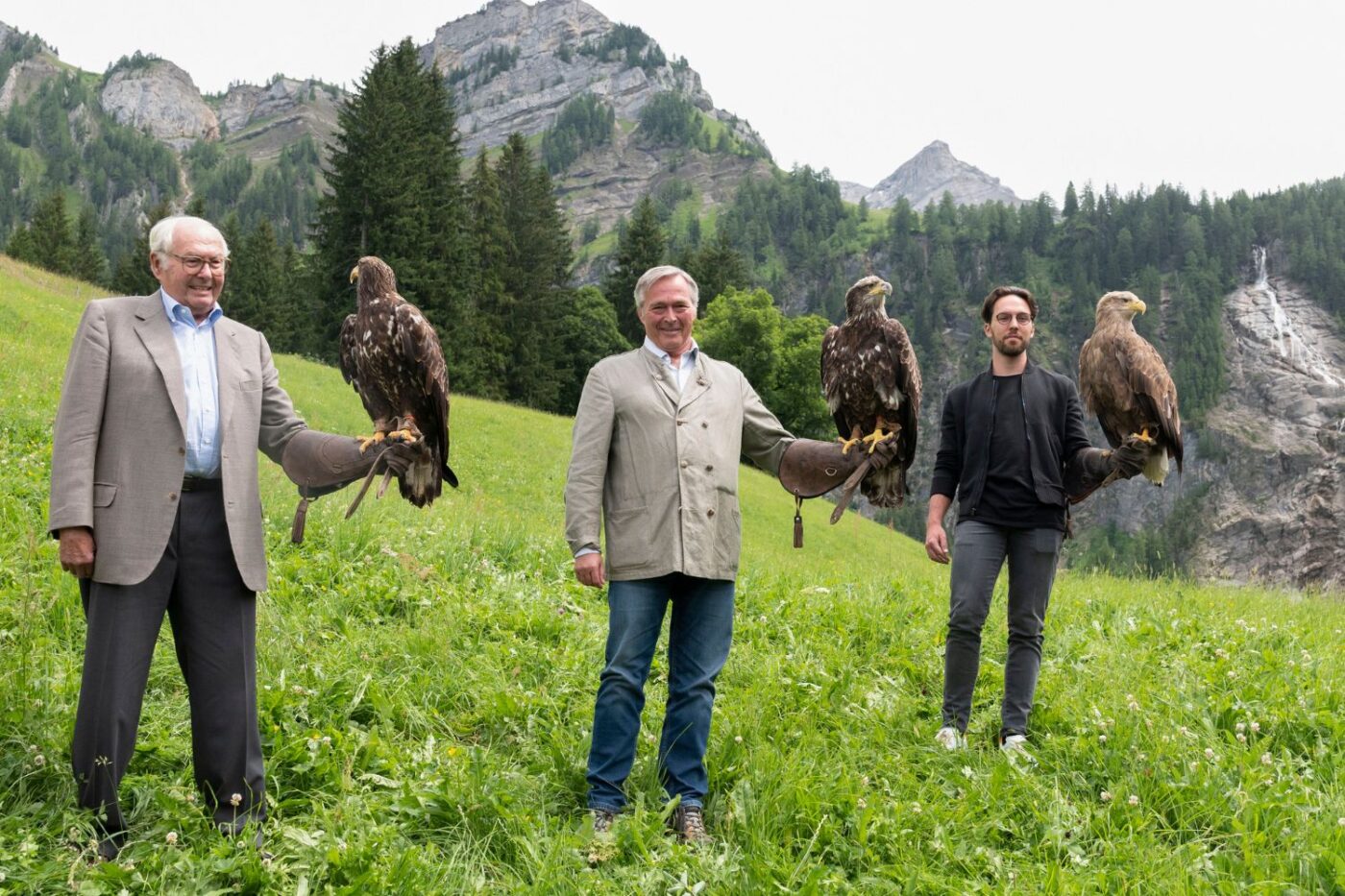The following article was produced in partnership with Chopard.
Swiss luxury watchmakers Chopard are once again at the forefront of sustainable luxury within the esteemed realm of haute horlogerie.
The family-owned brand, which became synonymous with the affluent lifestyles of Swiss and European hedonists during the 20th century, has long maintained a steadfast dedication to both exquisite craftsmanship and eco-friendly practices.
Its revered collection, the Alpine Eagle, has become emblematic of Chopard’s innovative spirit; contemporary releases that seamlessly blend modern design with a commitment to sustainability at every stage of production.
RELATED: Chopard’s Latest Alpine Eagle Sets The Standard For Swiss Technical Excellence
Related Stories

Chopard’s environmental ethos is deeply rooted in the values of the Scheufele family, Co-President, Karl-Friedrich Scheufele, and his father Karl Scheufele, who have helmed Chopard’s progressive vision for the better part of 60 years. Under their leadership, the Swiss luxury Maison has pioneered the proprietary material Lucent Steel™, a high-grade, sustainable steel alloy first introduced in the Alpine Eagle collection in 2019.
The steel combines the brand’s classic aesthetic with a practical resilience. It uses materials sourced within 1000km of the manufacture’s Swiss location, and the result is a steel that is more resistant to environmental factors, whilst significantly reducing the environmental impact, compared to traditional alloys.
The idea is to reduce the brand’s carbon footprint at every stage: from the sourcing and transporting of the material, to the extraction of raw materials and assembly. It’s an art in itself, as Chopard is committed to operating within a local, circular manufacturing loop, without any compromise on the final product.

For Chopard, it’s the perfect marriage of classic luxury with modern responsibility; a reflection of the brand’s multi-year commitment to good sustainable practices that set the standard within haute horlogerie.
And who can blame them? The manufacture draws inspiration from the breathtaking Swiss scenery it calls home, nestled under the shadow of the Alps. This serene backdrop, and the native Alpine Eagle population that shares this home, guide Chopard’s enduring ethos and a forward-thinking approach to environmental stewardship.
By the end of 2023, Chopard promised that all steel watches, including bracelets and cases, would include 80% recycled steel. By 2028, this figure is expected to rise to a minimum of 90%. For Chopard’s many discerning enthusiasts, it’s a promise of the values instilled by the Scheufele family and a broader reflection of Chopard’s mission to lead by example in the luxury sector.
